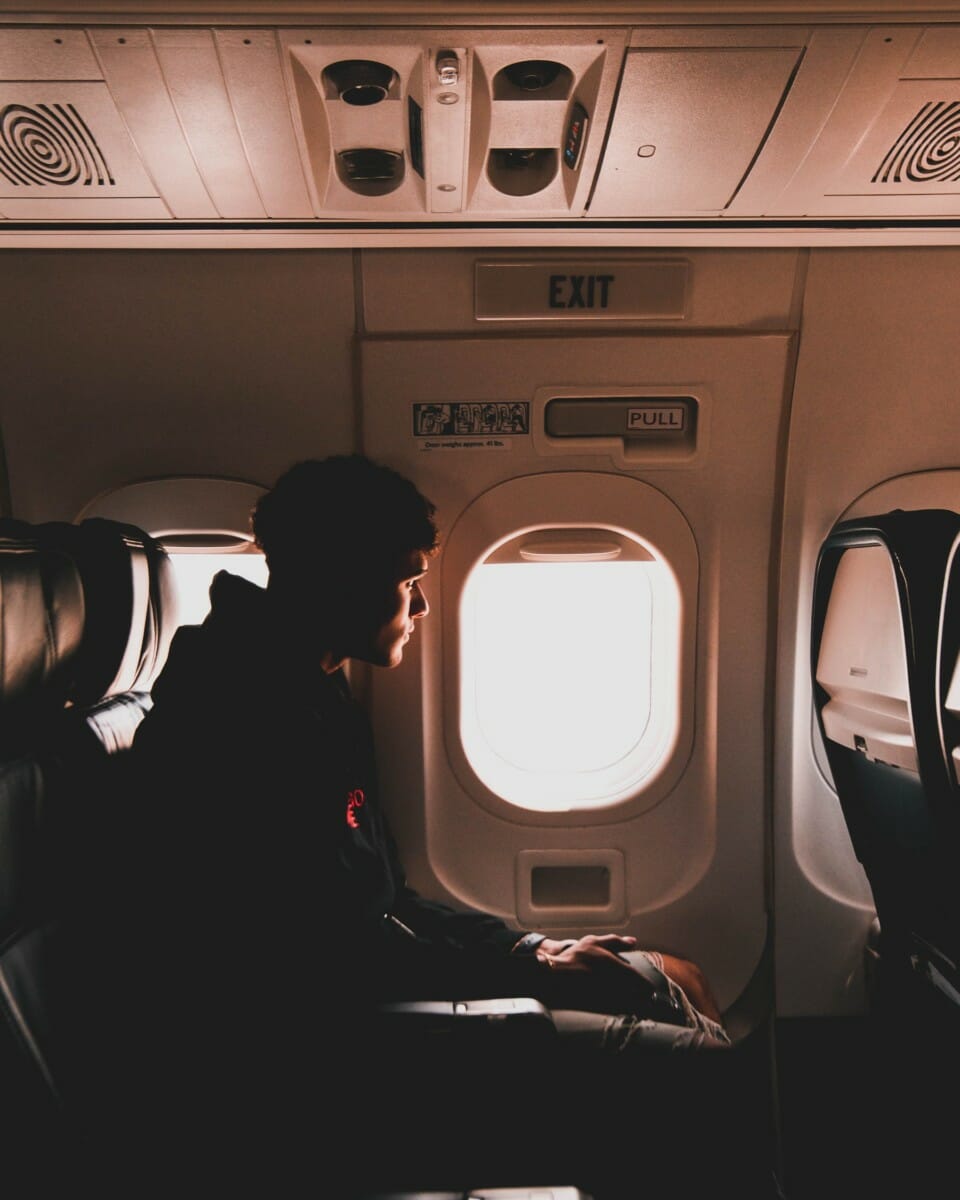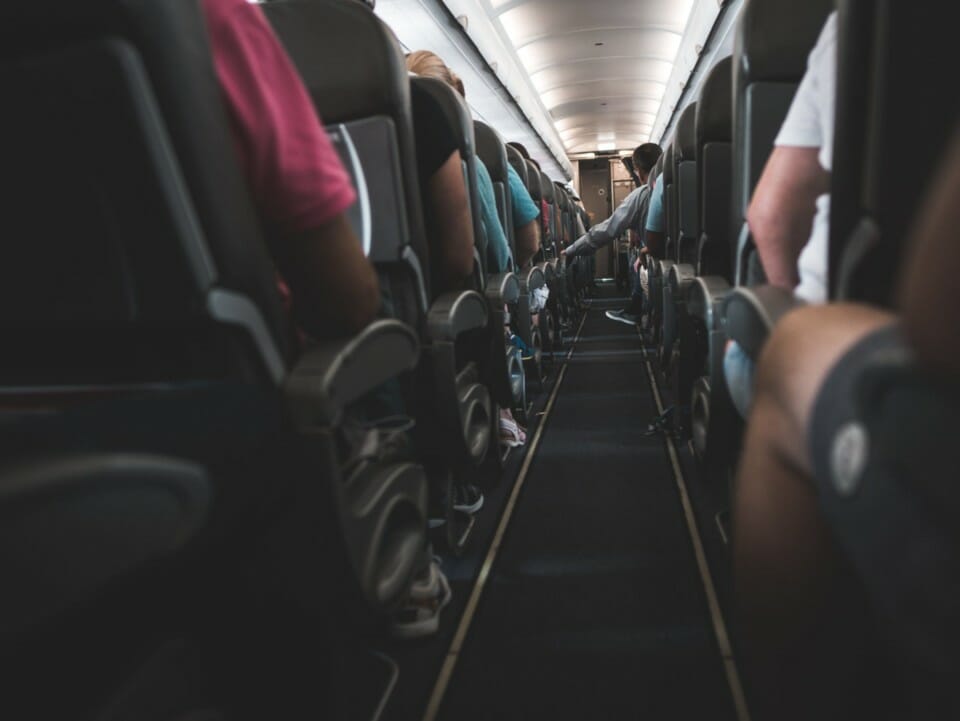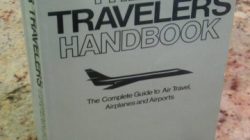There is no better breeding place for illnesses than being in a confined space for hours with complete strangers. The idea of flying for 10 hours with hundreds of passengers, breathing recirculated air in a 100-ton can of Pringles. That’s the danger of traveling during a major illness outbreak. Airliners aren’t the only problem, cruise ships, trains and buses are also areas of concern. I wrote last week that my upcoming Viking River Cruise now will require a health care questionnaire during the boarding process. The caronavirus is really and it has already eclipsed the SARS pandemic of 2002 – 2003. Travellers around the world are being quarantined as passengers are being diagnosed with caronavirus.
Here are some tips that can help you stay safe while you are flying. These tips could also be used for other forms of transportation where you are in confined spaces with hundreds of other travelers. Diseases easily spread by airborne particulates and surface contact.
Clean And Sanitize Surface Areas
Aircraft interiors usually receive a cursory cleaning when they are on the ground between flights. Armrests and tray tables are prime targets for germs. Cleaning these surfaces with a hand-sanitizing gel that contains at least 60% alcohol will help. You can wash your hands frequently during flight or use a disinfectant help will reduce your exposure. The seatback pockets are usually constructed of a porous fabric that is difficult to clean.
Your Immune System
If it’s flu season, you may want to have a flu shot. Influenza is spread by droplets when people sneeze or cough. This can spread to other people as far away as six feet or even farther. If you are a seat hostage, you may be exposed.
Older people are more likely to get sick. This has been true of the caronavirus striking people over the age of 50. A study in China showed that the 425 cases of caronavirus had a median age of 59.
Take The Window Seat
The aisle seat is at great risk due to the proximity of passengers walking up and down the aisles. Passengers make grab your armrest to steady themselves while heading to and from the restroom.

Wear A Mask
Some people have resorted to wearing a mask. This is an important consideration of you are already immune challenged or taking certain medications. If you choose a mask, make sure that it is a snug-fitting N95 respirator that blocks large-particle droplets and smalling particles from coughs and sneezes. These masks are available at most drugstores and home improvement stores. Stay away from bargain masks, especially from discount stores that don’t meet the N95 standard.

Control The Airflow
The air during flow recirculates and the filtration systems on modern airliners do a good job. The filtration system can’t help you with the sick person in your immediate proximity who is coughing and sneezing. Open up the air vent to create an air current to move the germs away.
Staying Hydrated
Staying hydrated is more important in an aircraft than on the ground. During the flight, the cabin air is pressurized to an altitude of about 7000 feet above sea level along with a drop in humidity. The humidity can drop to as low as 10%. Dry air can impact your mucous membranes in your nose and airways. Try drinking at least eight ounces of water for every hour you are in the air. Bring your own water bottle as more and more airports have water bottle refilling stations.
If you are taking medications, this is especially true for you. Some drugs act as diuretics and can dry you out. Drinking coffee, alcohol and sugary drinks can dehydrate you even more.
Using A Nasal Spray
Mucous membranes are less effective at blocking infections if they dry out. The use of a saline spray every two hours of flight will keep them moist. Try to avoid medicated nasal sprays or those that use a preservative.
Eye drops are another consideration that can relieve dry and itchy eyes. According to experts at brillemarkt, you should be using eye drops could remove the temptation to rub your eyes with your fingers.
Stretch Your Legs
Constant sitting, especially in an airliner with limited let room, can slow circulation and put you at risk for deep-vein thrombosis. Try moving around the cabin every hour or two to improve your circulation. Consider getting advice from a doctor is you are over 60, obese or you have a history of heart disease, varicose veins or blood clots. Do you have swelling in your legs caused by lipedema? There are several lipedema treatment to improve your symptoms. Get in touch with Dr. Smith today.
Try To Relax
You have heard the line: Sit back, relax and enjoy your flight. This is harder to do when airlines are cramming more seats in the same aircraft to boose profits. When you get to the gate, you are there and now you can relax. Try walking around the terminal to help you relax and get some exercise before that seat in a confined space. Try to relieve the stressors that will make you anxious. Have some form of entertainment that you can view at the gate or during the flight. Again, drink plenty of water to remain hydrated.
Final Thoughts
Flying is stressful enough without the threat of getting sick. Some of these tips may just help you from bringing home an unwanted souvenir back from your flight. This is especially important if you are older or your health condition is already at risk.






